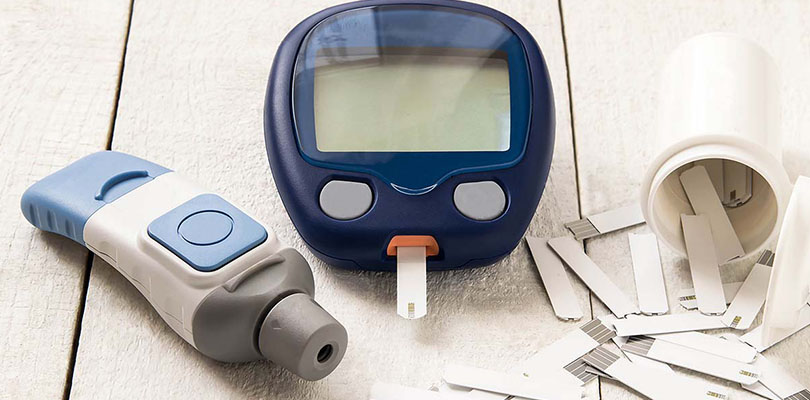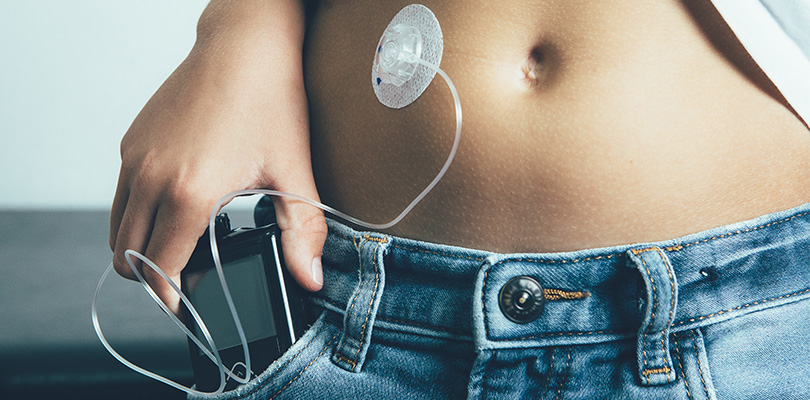Photo Credit: Central IT Alliance / istockphoto.com
What Is Prediabetes?
Are you over 45 years old? Are you carrying a few extra pounds and don’t exercise regularly? Do you have any family members who have been diagnosed with diabetes?
If you have answered yes to these questions, you should get tested for prediabetes.
As the name implies, prediabetes means your blood glucose levels are high, but not quite high enough to be considered diabetic. Although you may not experience any symptoms, prediabetes dramatically increases your risk of developing type 2 diabetes and cardiovascular complications such as heart diseases and stroke.
To overcome emotional eating, you must set yourself up for success. Being aware of your problem is an important accomplishment along the path to change.
Get Tested
Prediabetes is diagnosed with simple blood tests that asses your blood sugar levels. It is important to ask your doctor for these tests, especially if you any of the following risk factors:
- You are over 45 years of age
- You have a body mass index (BMI) over 25
- You don’t exercise on a regular basis
- You have family members (i.e. siblings, parents) who are diabetic
You should also see your doctor if you have high blood pressure, abnormal blood cholesterol levels, you suffered from gestational diabetes during pregnancy, or if you have been diagnosed with polycystic ovary syndrome or blood vessel problems. Prediabetes is more common in African Americans, Hispanics and Pacific Islanders.
If your blood glucose levels are normal, it is still a good idea to work on improving your lifestyle. If you have prediabetes, you should make some changes in your diet and start exercising right away.
How to Prevent Diabetes
You may not be able to change your age, but you can work on your other risk factors by adopting a healthy lifestyle today. Follow this anti-prediabetes plan:
- Lose those extra pounds. Avoid crash diets, but cut down on calories, eat healthier and burn some fat with exercise. By dropping 5-10% of your starting weight you can prevent the progression of, or even reverse, prediabetes. If you weigh 200 pounds, aim to lose about 10-20 pounds.
- Watch your diet. To start, use a food diary and note all the foods (including snacks) you eat throughout the day. Eat a diet based on fresh vegetables (and no more than 15 grams of sugar from fruits per day), wholesome grains, lean meats and fish, healthy dairy products (i.e. 2% yogurt or kefir, goat cheese), healthy oils (olive oil), nuts and seeds. Replace sugary beverages with unsweetened herbal teas and water. Use stevia as a natural sweetener instead of sugar or artificial sweeteners. Drink plenty of water, and avoid excessive coffee or alcohol. Avoid all processed foods. If you smoke, quit.
- Get active. Physical exercise helps your body use insulin properly and improves insulin resistance. If you haven’t been active for a while, start with walking (i.e. 30 minutes 3-4 times a week). Later on, you can add strength training and cardio.
- Avoid stress. Stress is another factor that causes spikes in your blood sugar levels. Any form of exercise helps, but you may also want to try yoga, tai chi or other stress management techniques like deep breathing, meditation and visualization.







